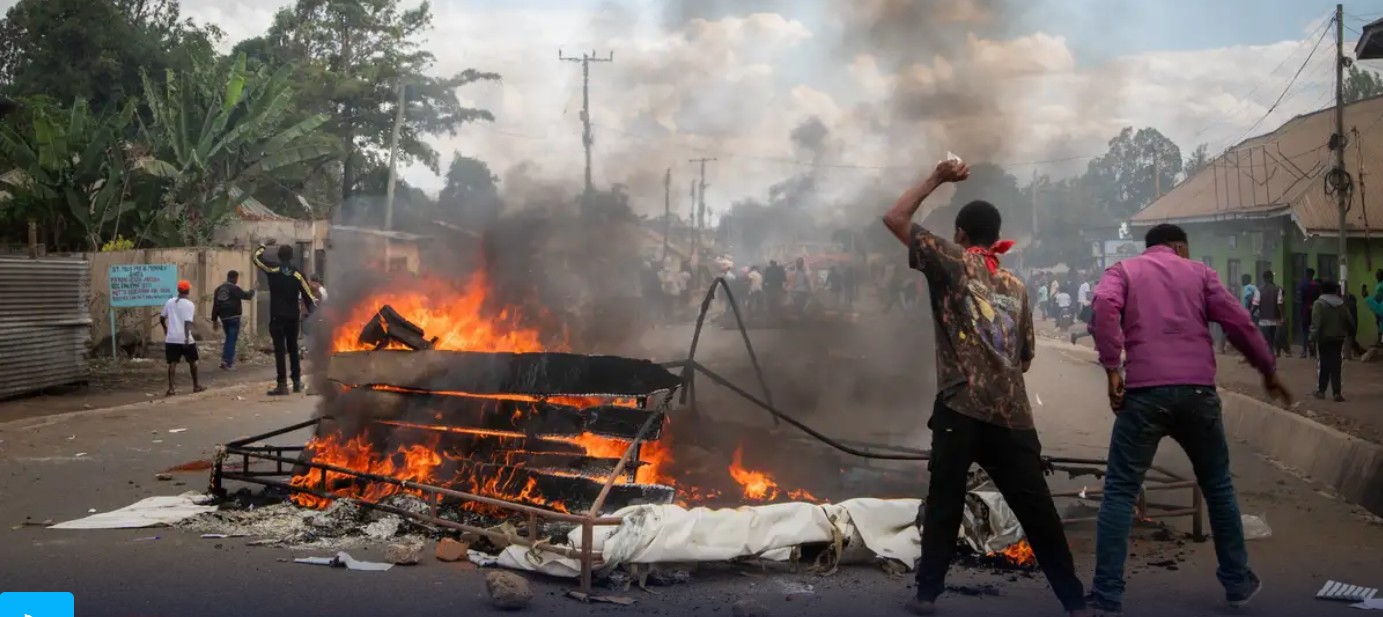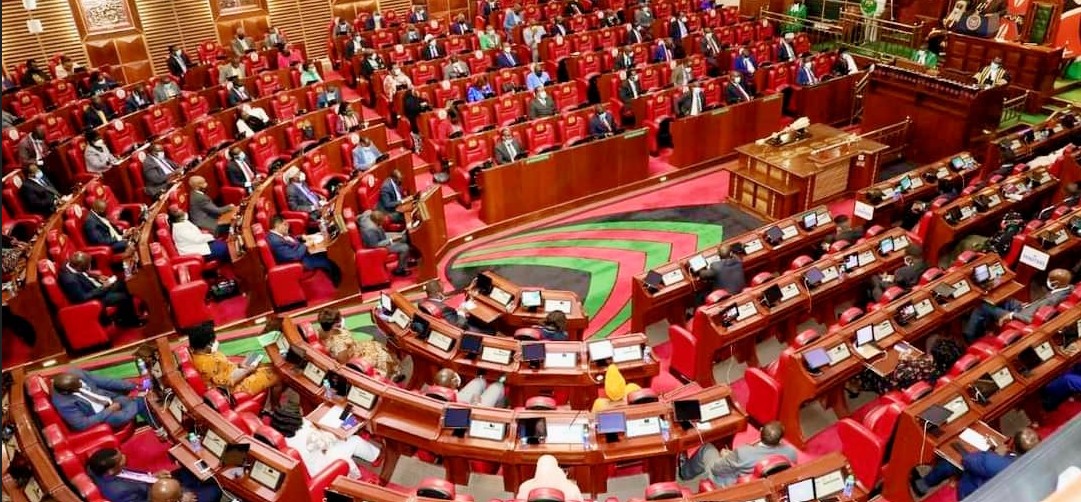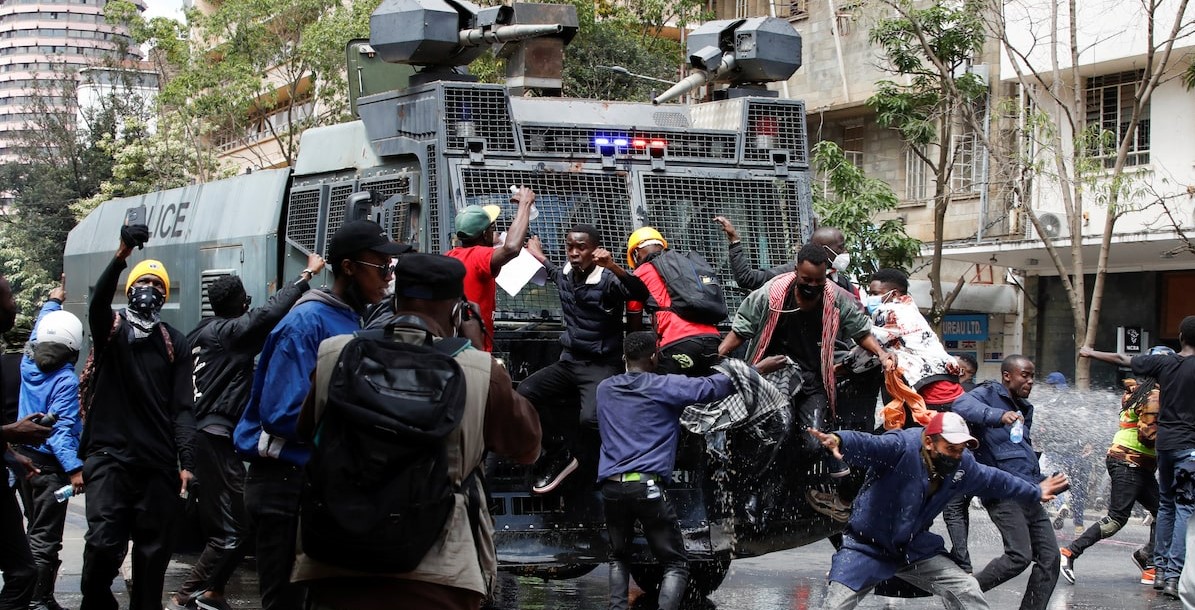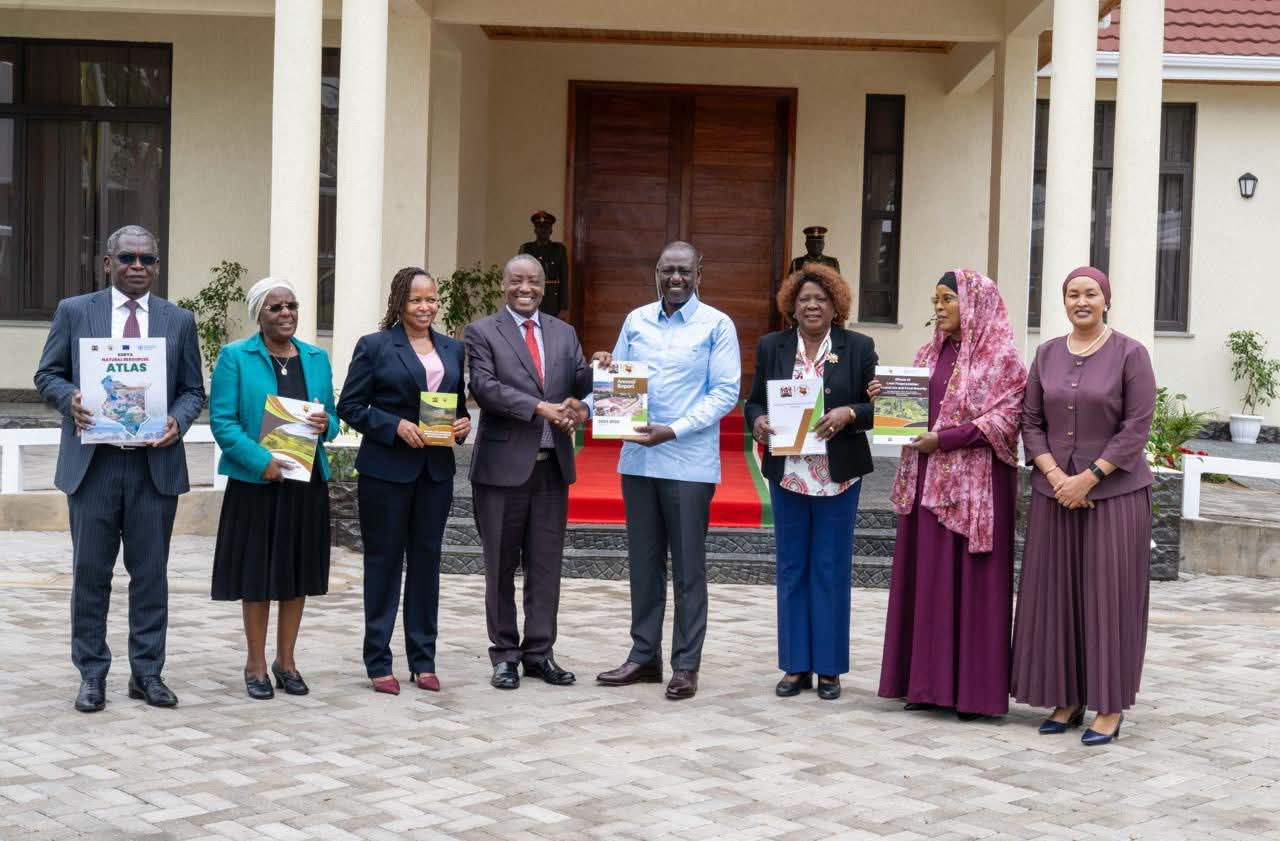Two police officers killed in Al-Shabaab IED attack in Garissa
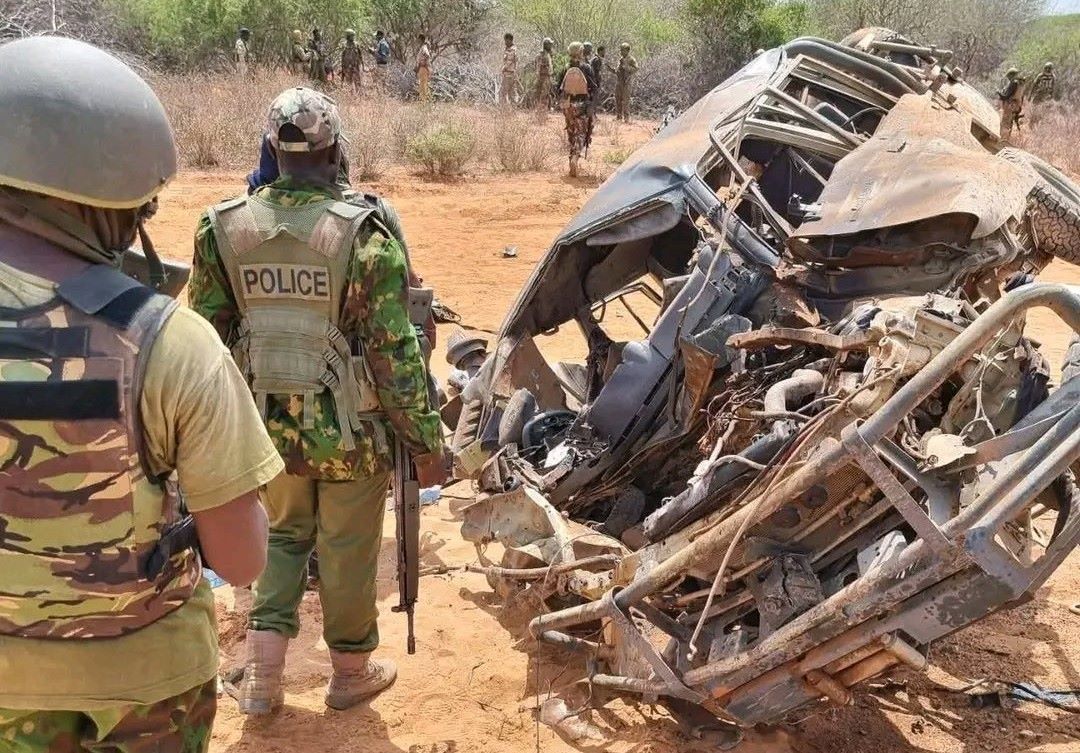
The Border Patrol Unit vehicle was attacked by Al-Shabaab militants who had planted an IED on the road before setting it off as the vehicle approached the area.
Two police officers were killed on Wednesday morning after a vehicle they were travelling in ran over an Improvised Explosive Device (IED) along the Liboi-Kulan road in Garissa County.
According to the police, the Border Patrol Unit vehicle was attacked by Al-Shabaab militants who had planted an IED on the road before setting it off as the vehicle approached the area.
More To Read
- 868 Al-Shabaab militants killed since February - Somali Defence Ministry
- Kenya’s Special Operations Group foils Al-Shabaab IED plot in Garissa
- Sudan among countries facing widespread mine and explosive contamination – UN report
- Vice Chief of Defence Forces John Omenda calls for continental unity to tackle rising IED threat
- Somali court sentences woman to 15 years for laundering Sh155 million to Al-Shabaab
- UN to help Kenya, Somalia, Uganda fight growing IED threat
The incident that left at least five other officers injured happened in the wake of heightened Counter Terrorism operations along the Kenya-Somalia border to among others, to avert the possible seepage of militants into the country following similar operations in Somalia.
The operations have caused a lull in terrorism activity in the region, as confirmed by the latest analysis by the IGAD Centre of Excellence for Preventing Violent Extremism (ICEPCVE).
The analysis that covered the period between July and September said the Horn of Africa region experienced a decline in fatalities and injuries from violent extremism in the last three months.
"A majority of the fatalities were militants (75 per cent), followed by security personnel (20 per cent), and civilians (5 per cent). Security forces and civilians were predominantly affected by Improvised Explosive Device (IED)-related incidents, with Kenya continuing to face heightened vulnerability to cross-border spillovers from neighbouring conflict zones," the report said.
It, however, warned that, in the quarter under review, although the overall scale of attacks declined, targeted and cross-border incidents persisted, underscoring the resilience and adaptability of violent extremist networks in the region, the conflict shifted as militant groups adapted through asymmetric and technology-enhanced tactics amid intensified counterterrorism operations.
As such, the quarter saw persistent militant activity across Somalia and Kenya's border regions, with the conflict shifting toward asymmetric and technology-enhanced warfare amid intensified counterterrorism efforts.
"The use of drones, crypto-financing, and Houthi-linked weapons marked a new level of sophistication on both sides. August recorded a surge in attacks as militants retaliated against joint Somali-UPDF operations and international airstrikes, while by September the overall scale declined, though targeted and symbolic strikes persisted, showing adaptation rather than weakness," the centre warned.
Meanwhile, explosives remained the most used weapons, accounting for nearly half of all attacks, with a sharp rise in August, coinciding with intensified counterterrorism operations and retaliatory assaults by the militants.
This is followed by small arms and ambush tactics, reflecting militants' shift to mobile guerrilla warfare after territorial losses, the report adds.
In the quarter under review, a few cross-border and IED attacks were also reported in northeastern and coastal Kenya, particularly along the Mandera-Garissa-Lamu corridor.
Top Stories Today
Reader Comments
Trending
